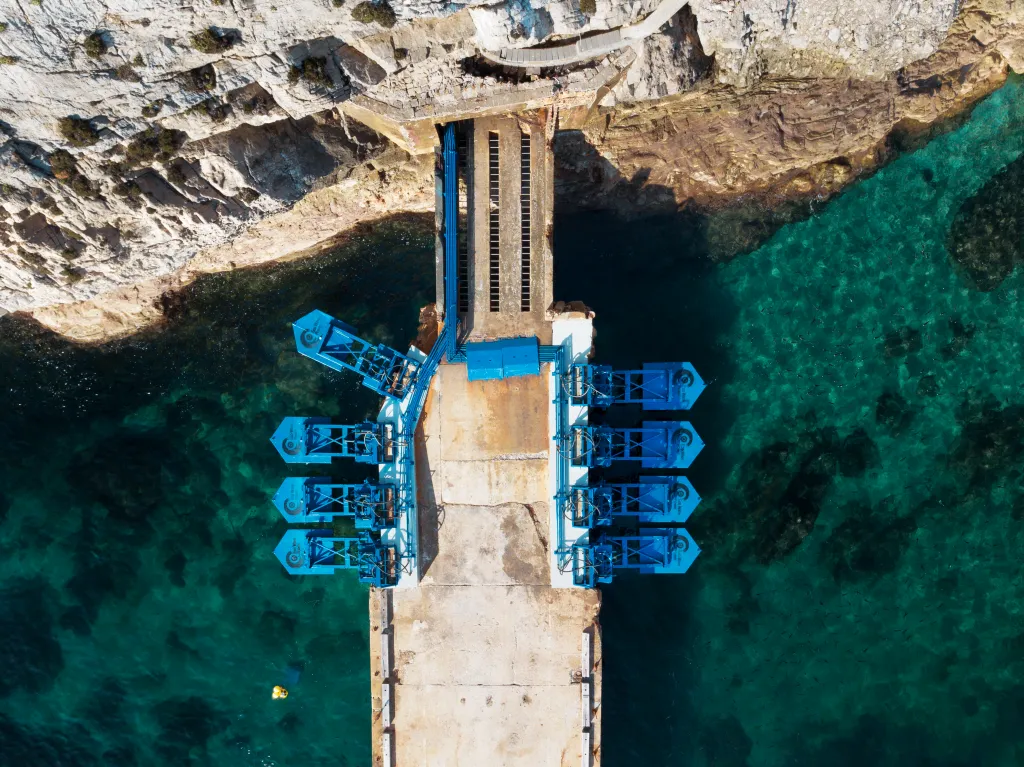In the quest to harness the vast potential of ocean waves for clean energy, researchers have made a significant stride with a new control strategy that could make wave energy converters (WECs) more efficient and economically viable. Published in the journal “Energy Conversion and Management: X,” the study introduces a hierarchical coordinated control system that promises to improve energy capture, manage storage, and ensure smooth power delivery to the grid.
The research, led by Mohamed Jama of the Department of Electrical, Computer and Biomedical Engineering at Abu Dhabi University, addresses a critical challenge in wave energy systems: their multidisciplinary nature, which has hindered the development of holistic control strategies. “The key innovation here is the integration of a reduced-order finite control set model predictive controller (FCS-MPC) with a supervisory energy management system (EMS),” Jama explains. “This combination allows us to coordinate the mechanical and electrical subsystems more effectively, which is crucial for improving the overall performance and economic prospects of wave energy systems.”
The proposed system uses an extended Kalman filter (EKF) to estimate key mechanical variables using only electrical measurements, reducing the need for additional sensors and improving the practicality of the solution. The EMS coordinates a battery energy storage system (BESS) to smooth power output and extend battery life, ensuring safe operation within a 10%–90% state-of-charge range.
Simulation results under various irregular sea states show promising improvements. In a fully developed very rough sea state, the system delivered approximately 8% more energy to the grid compared to conventional resistive loading methods. In a partially developed moderate sea state, the improvement was even more significant, with up to 45% more energy captured. The system achieved an overall maximum efficiency of 77% and a maximum capacity factor of 47%, while significantly reducing power fluctuations.
One of the standout features of the proposed EMS is its adaptive power dispatch capability. Unlike fixed grid power reference approaches, this adaptive system delivered up to 22% more energy under low-energy sea states while maintaining system stability and safe BESS operation. “This adaptability is crucial for ensuring that wave energy systems can operate efficiently and safely under a wide range of sea conditions,” Jama notes.
The implications of this research for the energy sector are substantial. As the world seeks to diversify its renewable energy portfolio, wave energy offers a promising avenue, particularly in coastal regions. The improved efficiency and economic viability demonstrated in this study could accelerate the adoption of wave energy systems, contributing to a more sustainable energy mix.
Moreover, the hierarchical coordinated control strategy developed by Jama and his team could serve as a blueprint for future developments in the field. By integrating advanced control algorithms with energy management systems, researchers and engineers can continue to push the boundaries of what’s possible in wave energy conversion.
As the global push for renewable energy intensifies, innovations like this one are not just welcome but essential. They represent a step forward in our collective effort to harness the power of the oceans and transition to a more sustainable energy future.

